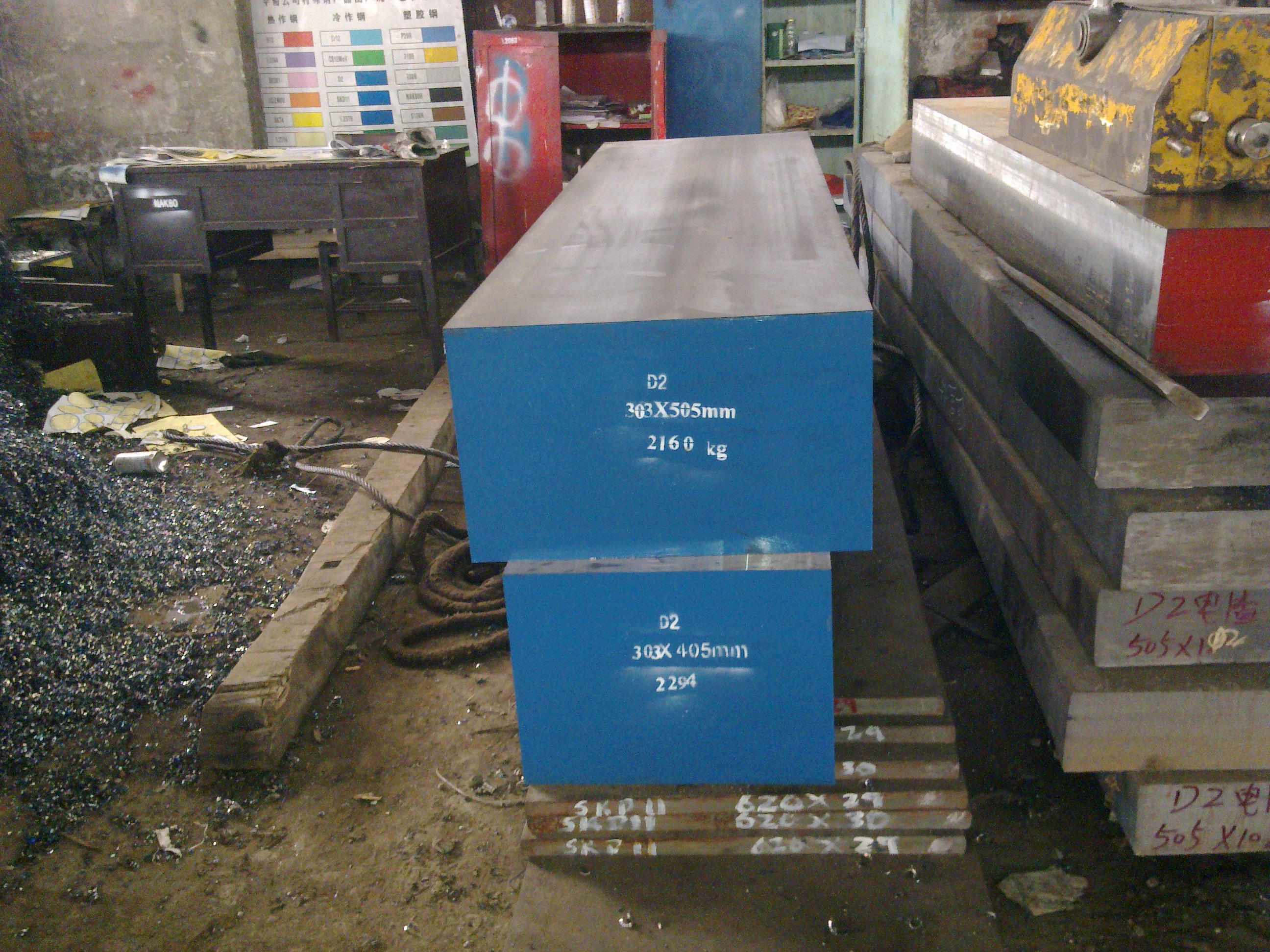What Is Tool Steel Used For

Tool Steel is a specific type of high quality steel made specifically for the production of tools and tooling components. Tool steels are produced in electric melt furnaces and stringent quality standards are upheld to produce the necessary quality. Tool steels are formulated to withstand high pressures and abrasive materials.
Typically tool steels are used for shearing, cutting, stamping, and forming of metals and plastics. Example applications include compacting of powder metal into a gear form, slitting of steel coils into strips, stamping of computer parts from metal sheets, extrusion of plastic or vinyl into window frames and formation of cutting tools from high-speed tool steels.
Tool steels are supplied in the annealed or soft condition, so that they may be machined and fabricated into a tooling component. These steels are designed to be used in the hardened condition, so after they have been fabricated into a tool, they must be heat treated to obtain the desired properties.
The properties that tool steels provide are hardness, toughness, wear resistance and red hardness. For a further explanation of these properties, see our article Properties of Tool Steels. These properties are provided in varying degrees from a wide selection of tool steel grades. These grades fall into three basic classes of tool steels. These classes are cold work tool steels, hot work tool steels and high-speed tool steels. These classes are also divided into sub-classes. Cold work tool steels are generally divided into Water-hardening, Oil-hardening, Air-hardening, Shock-resistant and special purpose tool steels. High-speed tool steels contain high levels of cobalt, tungten and/or molybdenum and are designed to be used at elevated temperatures while still providing a high level of hardness and wear resistance to facilitate cutting of metals. High-speed steels are sub-divided into tungsten and molybdenum sub-classes.
Tool steels usually contain from 0.5% to 2.5% carbon. This level of carbon is necessary to combine with the carbide forming elements in the tool steels. These carbide-forming elements, when combined with the carbon, provide the necessary hardness and wear resistance. Now that you have a basic understanding of what tool steel is, see the related link for more information.


